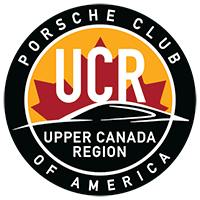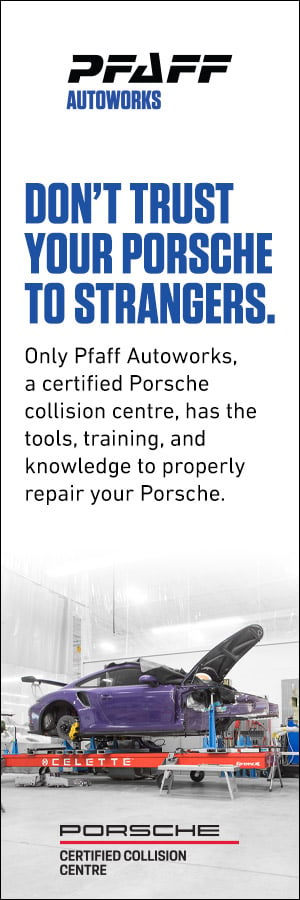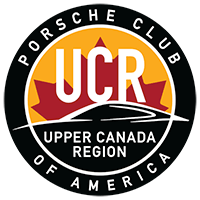For a long time, Porsche models followed a similar progression through the years, until they were replaced by a later model. For example, the 944 was released, followed by the 944 S, followed by the 944 Turbo, followed by the 944 Turbo S and finally the 944 S2. The S2 received a larger engine than the Turbo and while the 2.5-litre turbo had more horsepower potential, the torque of the 3.0-litre S2 and its upgraded transmission eliminated all the troublesome plumbing.
For some unknown reason, Porsche went ass-backwards with the Cayman. The original 987 came with the 2.7-litre base version and the 3.4-litre S version. The mid-engine handling benefitted from the flat six-cylinder engines. While it was always detuned, so as not to compete with the flagship 911, it was a robust and smooth engine with enough torque to make it responsive to drive. I had always assumed that the next step Porsche would take would be to build a 987 Turbo and a Turbo S. I tried to beat them to the punch by turbocharging my original S, figuring that my car could stay with track traffic for a fraction of the cost.
Then in a bizarre twist Porsche came out with the Cayman turbo, but built it on a four-cylinder engine design. While Porsche has always known how to engineer a four-cylinder turbo, it was a step backwards in torque and sound. With most Caymans being street driven at urban speeds that move left me shaking my head. While I was sure that this reduction in engine size would increase the value of the original Caymans, I was concerned about the long-term value of the newer 718 Cayman turbo.
My concern has grown as Porsche seems to have abandoned the four-cylinder platform for its premium models. They’ve built the new GT4 and GTS with 3.8- and then 4.0-litre flat-six boxer engines. I predict that the four-cylinder turbo will not end up as a desirable platform, because sound and fury is what sells sports cars. For the resale equivalent just think V8 Mustang versus V6 Mustang and you can see my point. Car fans don’t want a car that sounds like a sewing machine.
I’m not saying that the four-cylinder 718 isn’t a good car, but what I am saying is that I’m glad that I didn’t go on the four-cylinder adventure with Porsche. The choice now would be to either keep those cars forever or get rid of them while you still can. I know product model placement is important to Porsche’s marketing so I won’t stay up at night waiting for a GT4 turbo, as that would end the 911 reign.
April is one of my favourite months. After a winter of frigid temperatures, with no cars in sight, it’s time to get the track cars out of storage. Over the winter I stocked up on brake pads, new fluids, rotors and I had my front splitter resurfaced. While gathering the needed parts keeps me from winter depression, it’s nothing like pulling the car out of the container and doing some hands-on upkeep. I’ll have the turbo repaired while I chase down any elusive oil leaks and order tires. Then, with the addition of some good wax, I’ll be ready for the 2020 track season.
There is an even smaller group who come out twice in April in order to coach at the Introductory Driving Schools (IDS). These men and women aren’t just brave, they are made of steel. As any Canadian knows, April can contain rain, snow, high winds, ice and occasionally a little bit of sunshine. The IDS Instructors come out and stand in all of it for hours, just to help the newbies get into the DE program.
One thing that often goes unmentioned is the dedication of a group of our instructors. I’m not referring to the ones at every DE, who risk life and limb to coach our enthusiastic students. There is an even smaller group who come out twice in April in order to coach at the Introductory Driving Schools (IDS). These men and women aren’t just brave, they are made of steel. As any Canadian knows, April can contain rain, snow, high winds, ice and occasionally a little bit of sunshine. The IDS Instructors come out and stand in all of it for hours, just to help the newbies get into the DE program. The IDS is a mandatory prerequisite so students will all have the same basic knowledge when they first venture out onto the track. Knowing how to sit, steer, brake, corner and avoid, before you get there, allows everyone to focus on learning to put all those skills together. So, if you are one of the new recruits at this year’s IDS, please take a minute to thank those Instructors who are making it all possible.
While going to the track may be a new thing for you, I want to assure you that the IDS is not only safe and fun, but it’s not particularly hard on your car either. The skid pad portion is lubricated by water, or sometimes ice, so tire wear is kept to a minimum. A tech inspection isn’t required for the IDS event, but you should be certain that your car is safe to operate. Lunch is provided, so all you must do is bring a car and a relaxed attitude. The day will be very enjoyable! What could be more fun than slipping and sliding around in complete safety? They don’t call it the Driver Development Track without a reason.
Have fun! </>
Photos by Adrian Chan














